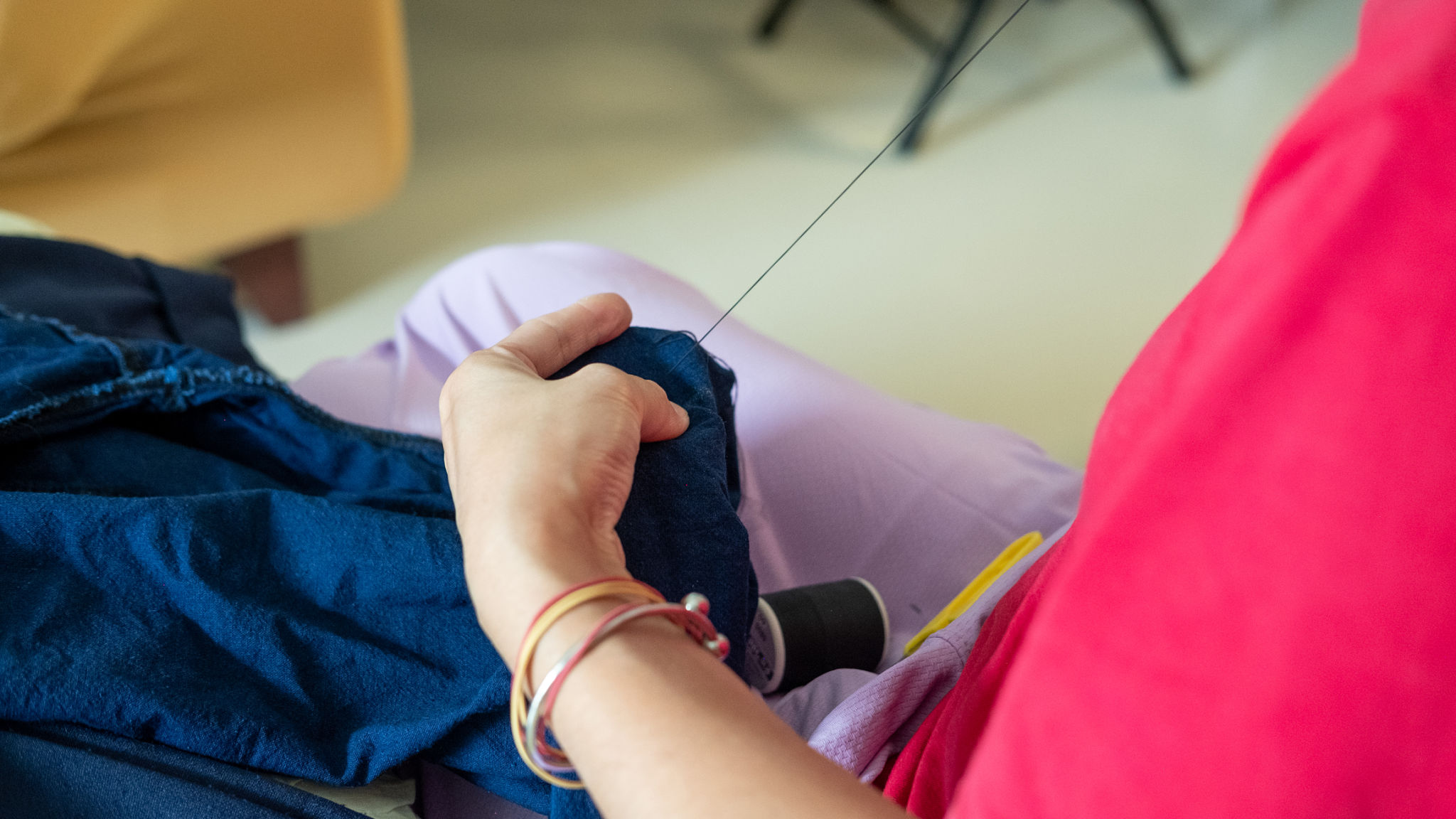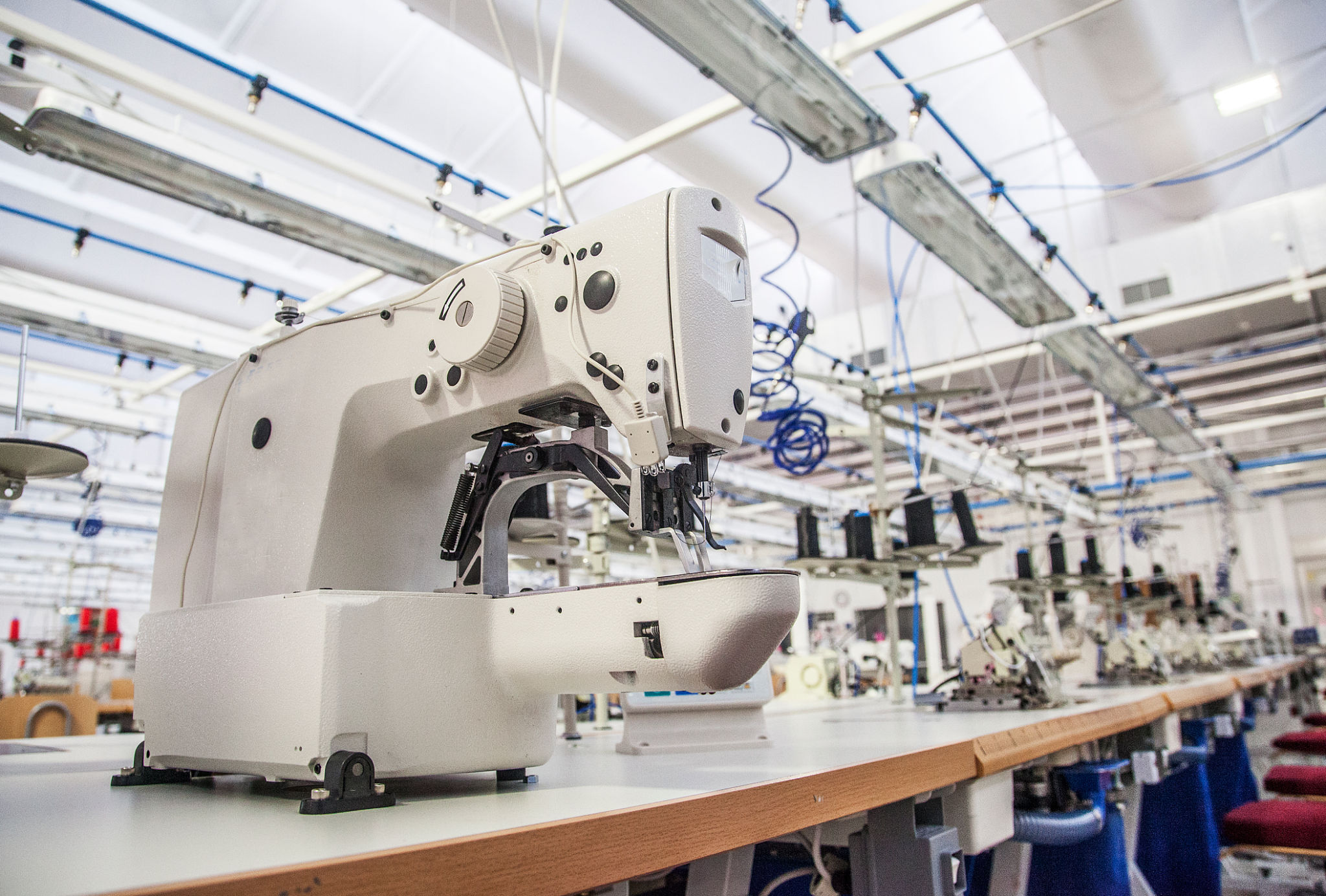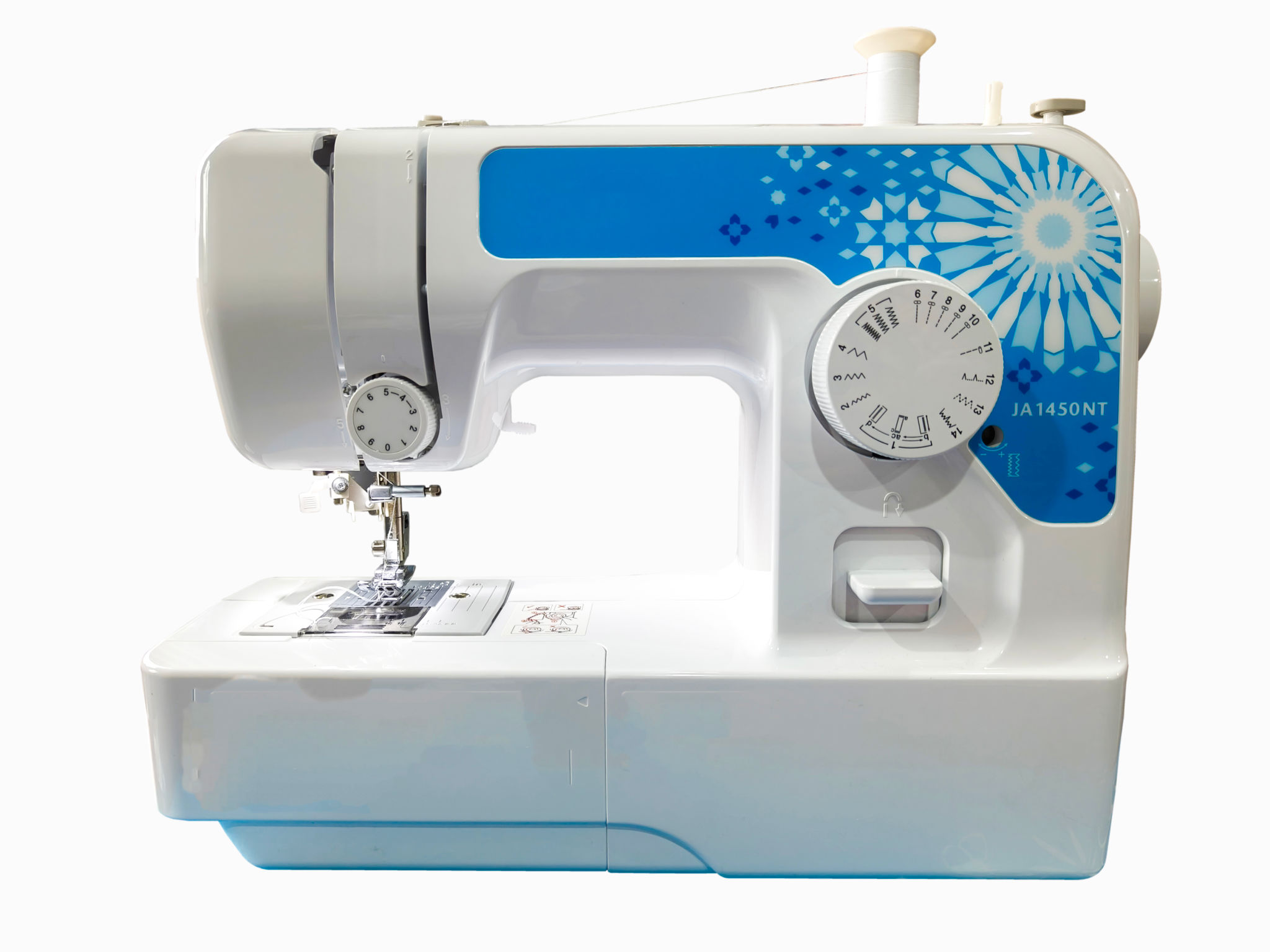Garment Machinery Comparison: Which Model is Best for Your Needs?
Choosing the right garment machinery is crucial for any textile business looking to enhance production efficiency and maintain high-quality output. With numerous models available in the market, each offering unique features, it can be challenging to determine which one best suits your needs. This guide will help you compare different garment machinery models, ensuring you make an informed decision.

Understanding Your Business Requirements
Before diving into the specifics of garment machinery, it's essential to evaluate your business requirements. Consider factors such as the scale of production, types of garments being produced, and the desired production speed. These elements will guide you in selecting a machine that aligns with your operational goals.
Production Volume
For businesses with high production volumes, investing in a robust and high-capacity machine is crucial. Models designed for mass production typically offer faster processing speeds and greater durability. On the other hand, small-scale operations might benefit more from versatile machines that can handle various garment types without compromising on quality.

Types of Garments
The type of garments you produce also plays a significant role in selecting machinery. Machines specialized for specific fabrics or garment styles ensure precision and quality. For instance, if your focus is on denim production, a heavy-duty sewing machine is imperative, whereas lightweight fabrics might require more delicate machinery.
Key Features to Consider
When comparing garment machinery models, pay attention to key features that can significantly impact your production process. These include automation capabilities, energy efficiency, and ease of maintenance. Advanced models often come equipped with programmable settings that allow for more consistent results.
Automation and Technology
As technology advances, automation in garment machinery has become more prevalent. Automated features can reduce labor costs and increase productivity by minimizing manual intervention. Look for models that offer programmable patterns and integrated software for seamless operations.

Energy Efficiency
Energy efficiency is another critical factor to consider. Machines designed to consume less power not only reduce operational costs but also contribute to sustainability efforts. Opt for models that have energy-saving certifications and consume minimal power during standby modes.
Comparing Popular Models
Now that you have a clearer understanding of what to look for, let's compare a few popular garment machinery models in the market:
- Singer Heavy Duty 4452: Known for its high-speed motor and durability, this model is ideal for heavy fabrics and bulk production.
- Brother CS6000i: This model offers computerized functions and an extensive range of stitches, perfect for diverse fabric types.
- Janome HD3000: A reliable choice that combines simplicity with power, suitable for both beginners and experienced operators.
Making Your Decision
Selecting the right garment machinery involves balancing features with your specific business needs. Consider seeking expert advice or reading customer reviews to gain additional insights into how different models perform in real-world settings. Remember, the best choice is one that aligns with your production goals while offering reliability and efficiency.
Ultimately, investing in the right garment machinery can significantly enhance your production capabilities and contribute to the overall success of your textile business. With careful consideration and comparison, you can find a model that meets your needs and supports your growth ambitions.
